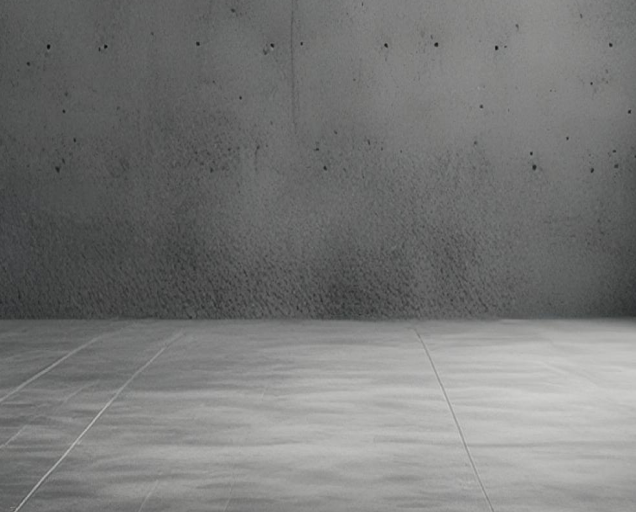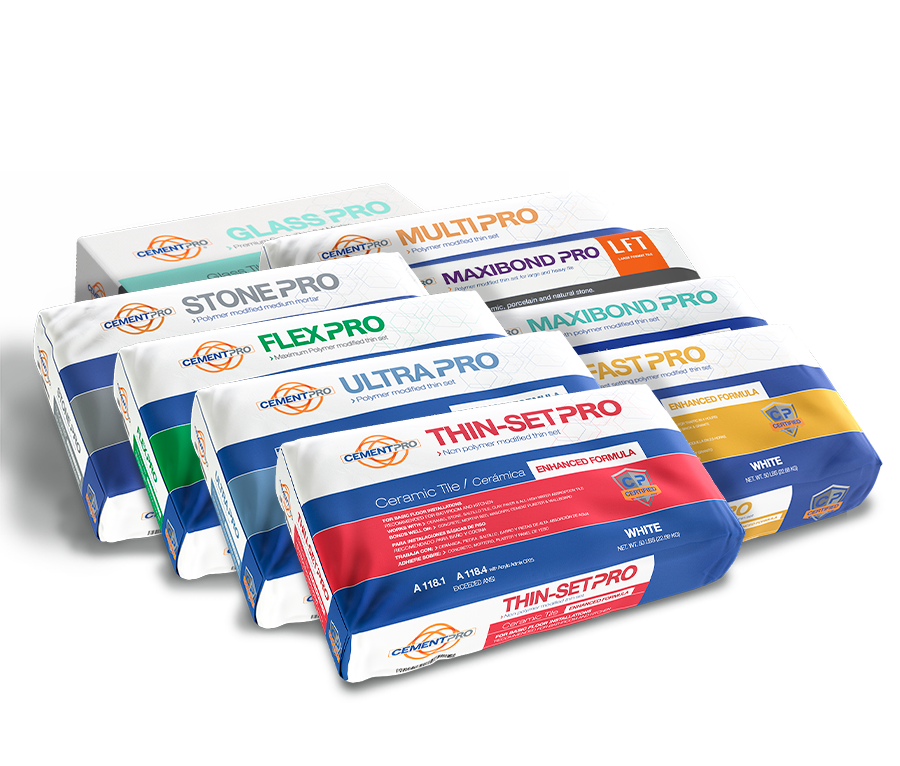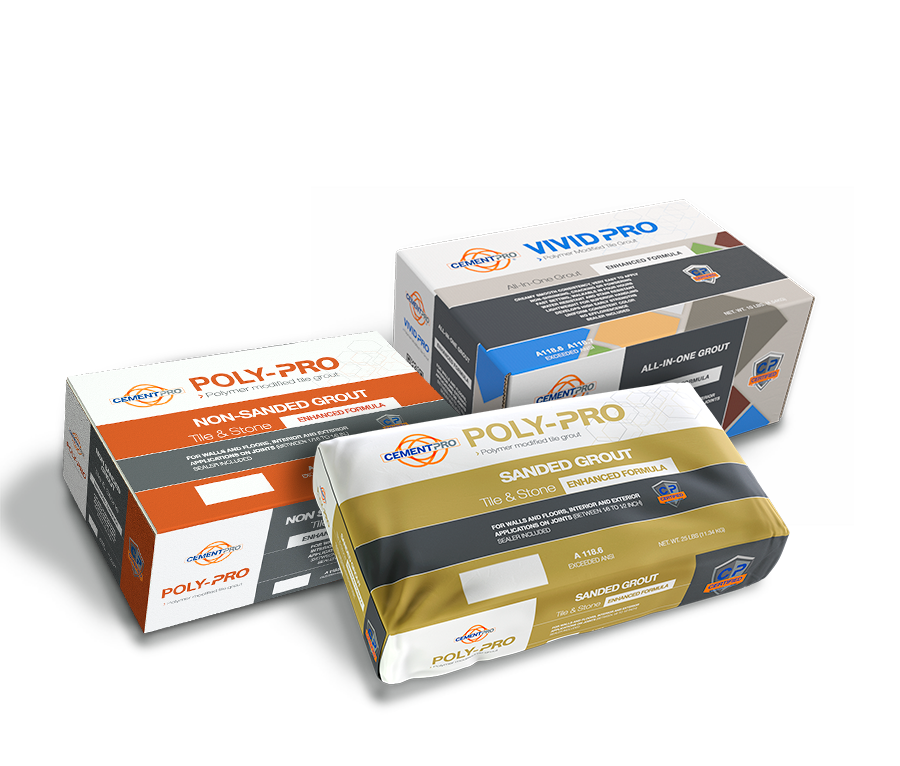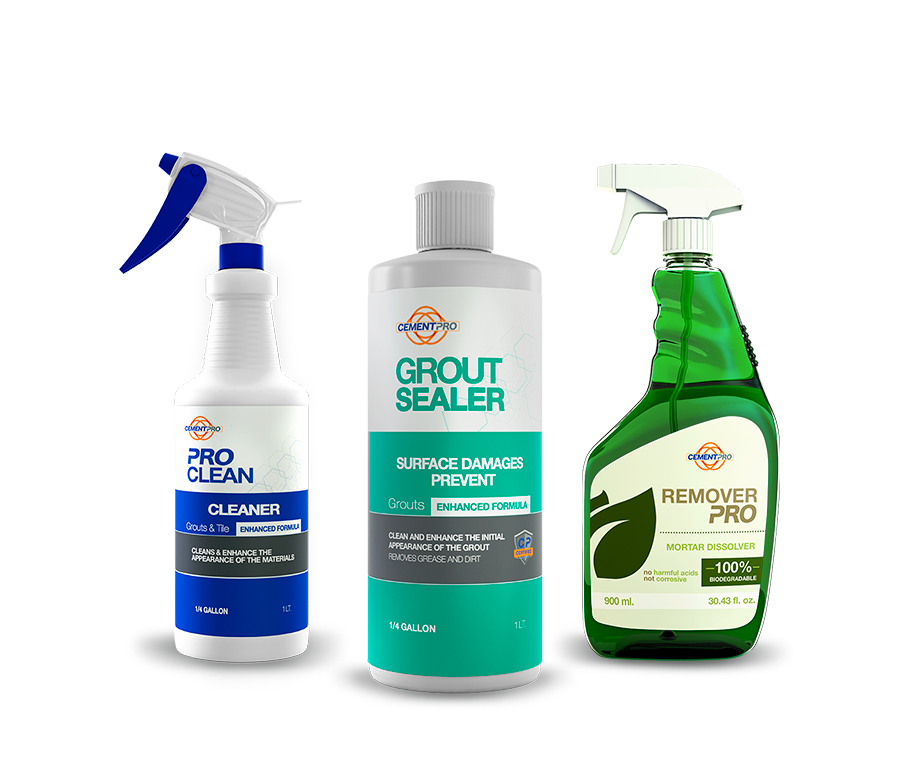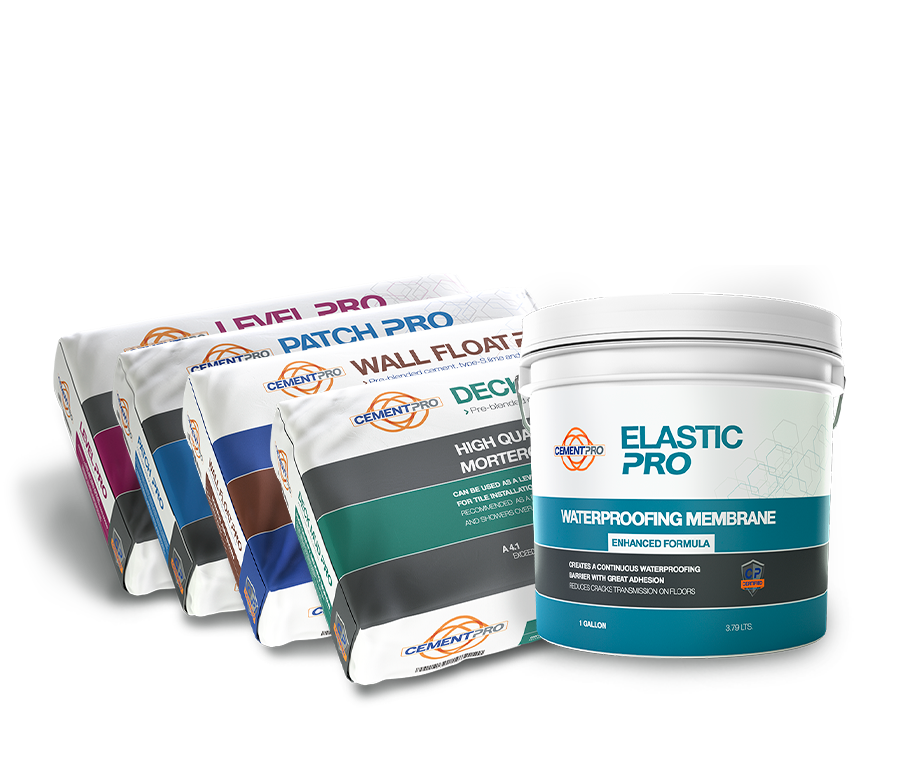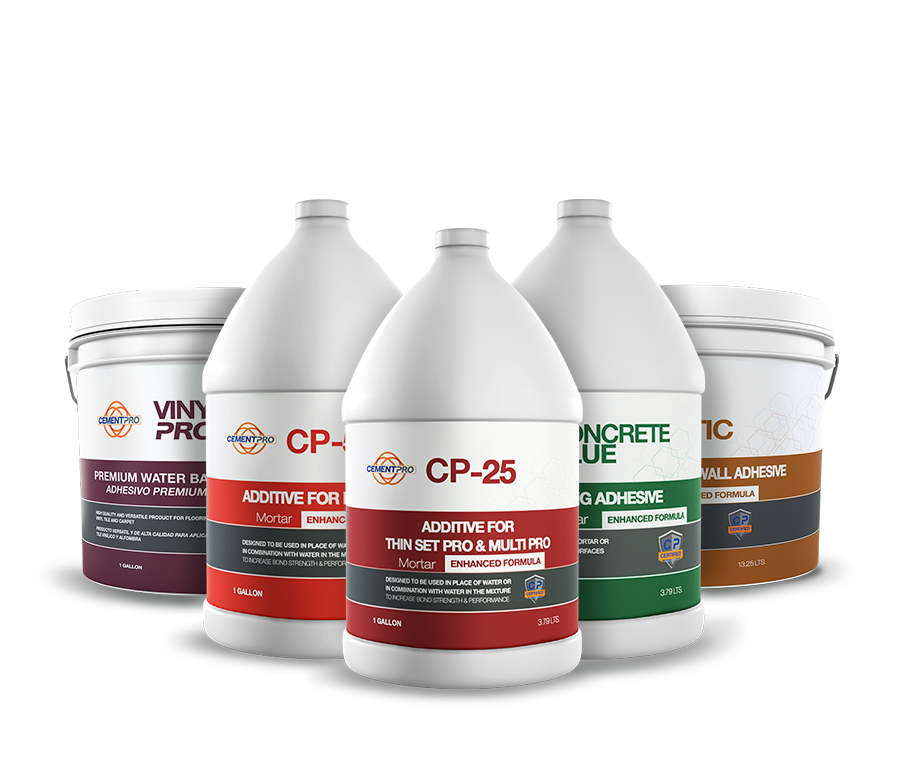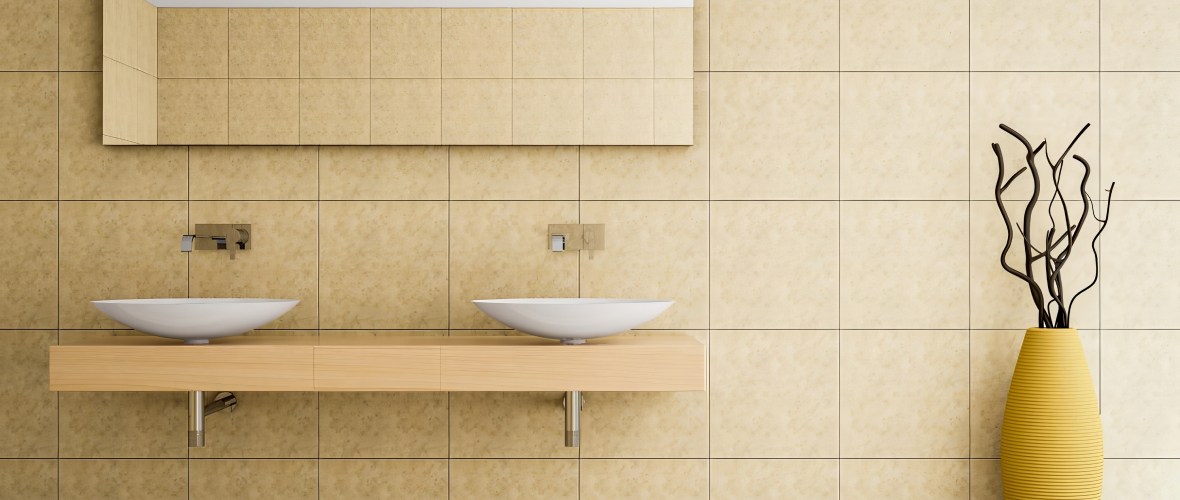
Health has always been important, and now that COVID has been in the spotlight for over a year and a half in the United States, there is even more of a focus on not just health, but staying healthy. According to the American Lung Association, one of the first organs that is attacked by the virus is the lungs. Interestingly enough, there is another culprit that is silently attacking our lungs. It is not a virus and can be found in the environment. This culprit is also inside our homes and workplaces. It is something called volatile organic compounds, or VOC’s.
Health experts have listed VOC’s as a human carcinogen stating that extended exposure to some of them can cause long-term and short-term health effects. Some of these health effects are reduced pulmonary function, asthma and even lung cancer. In the environment, VOC’s lead to smog and ozone along with ozone layer depletion in the stratosphere. So they are all around bad, and keeping the levels as low as possible will benefit everyone.
More about VOC’s.
Keeping VOC levels low and adding outdoor air to the indoors has also been proven to increase cognitive function. Harvard released a study around VOC’s that compared cognitive function within conventional buildings, green buildings and enhanced green buildings. Conventional buildings had about 500 micrograms per square meter, μg/m3, of VOC’s with 20 cubic feet per minute, cfm, of outdoor air per person. Green buildings had approximately 50 μg/m3 with 20 cfm outside air per person. Finally, enhanced green buildings had 50 μg/m3 with 40 cfm of outside air per person. The study found that cognitive function was 61% higher in the green buildings and 101% higher in enhanced green buildings.
To counter act VOC’s, many homeowners, architects and contractors are looking for products that have as little VOC’s as possible. Luckily, there are products that are not only more environmentally friendly than others, but also have lower VOC levels. One of those products that has a low level of VOC’s is ceramic tile.
What can be done?
Ceramic tile is one of the most environmentally friendly types of tile on the market, as it is made from clay and often mixed with gypsum, ground shale, sand, vermiculite, or talc. So when it comes to indoor use and the Total Volatile Organic Compounds, or TVOC, including the adhesives that are needed for installation, they fare better than carpet. Carpets, and the adhesives they use, are said to have around 976g per liter of TVOC’s. Even “low-VOC” adhesive use has shown 698g per liter of TVOC’s. Compare this to the <2,39g per liter that is in ceramic tile and a latex fortified Portland cement based cement, like CementPro products, and the choice is obvious when health is a concern.
This is no secret either, as the ceramic tile industry is expected to grow at a compound annual growth rate, or CAGR, of 6.5% from 2020-2027. So contractors and retailers should expect to see an increase in sales of ceramic tile as well as their adhesives.
CementPro has several products that can be used for the installation of ceramic tile, and they are all made from the finest materials imported from around the world. Visit our products page to explore the options.


